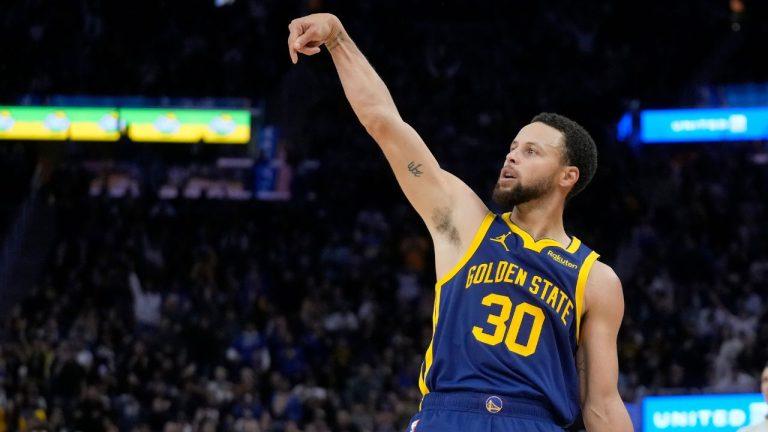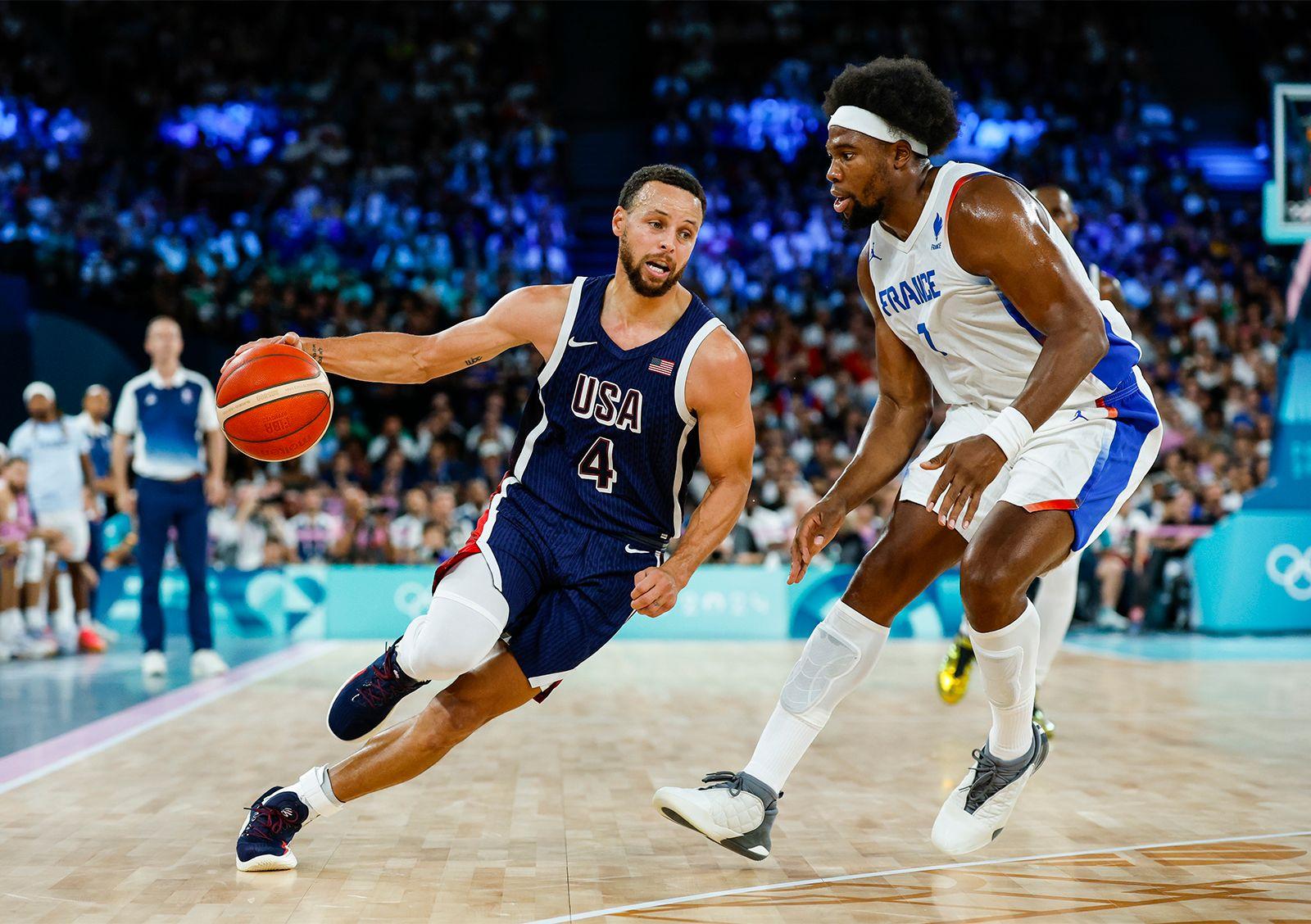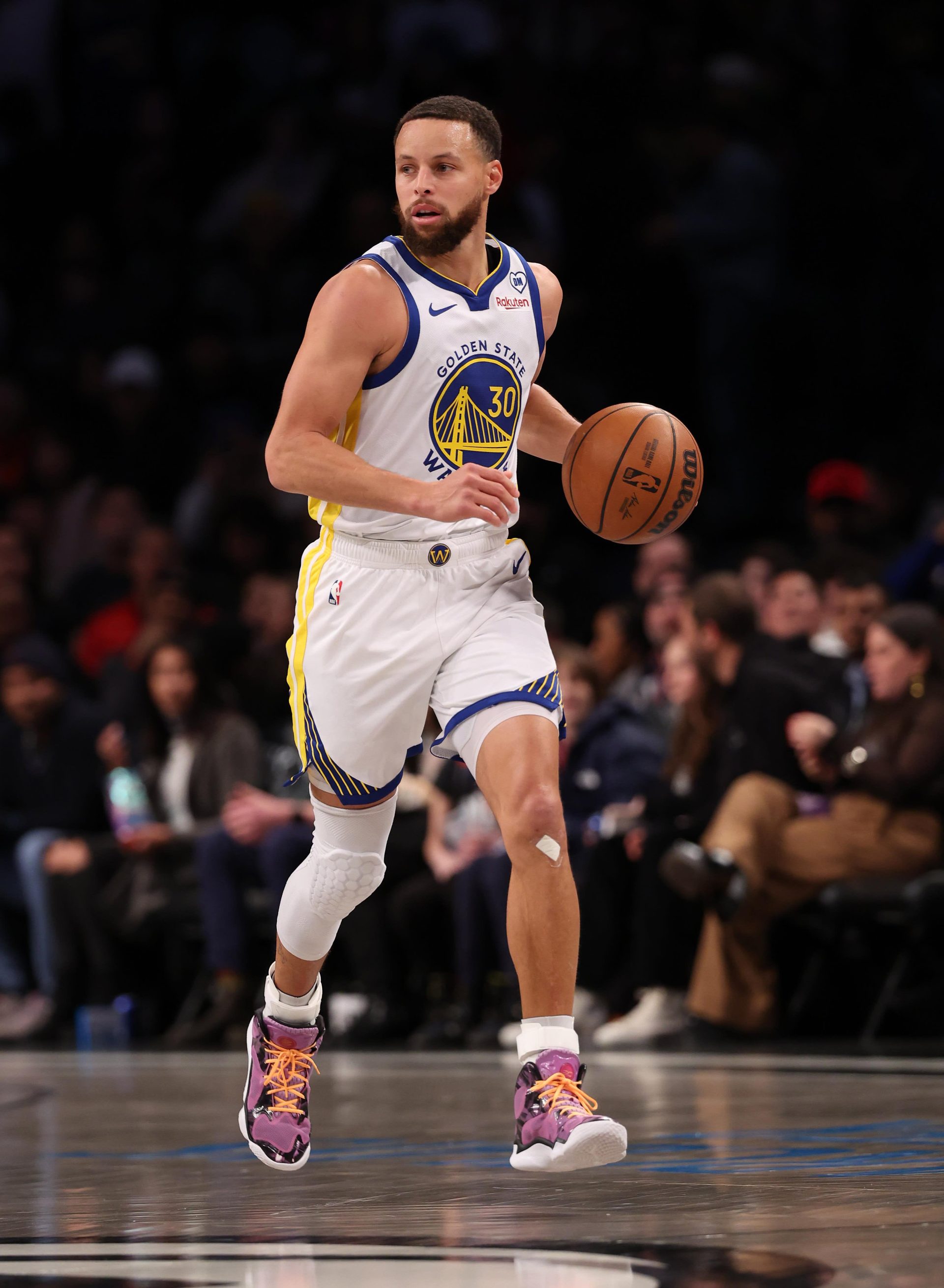The Unlikely Ascendancy of Steph Curry in a Power-Driven League
In a league where physical dominance often defines success, the emergence of Steph Curry as a transformative figure stands as a compelling contradiction. Against the backdrop of towering athletes, Curry has reimagined the concept of power, trading brute strength for an exceptional blend of skill and finesse. With his lightning-quick release and eagle-eye accuracy, he has convinced teams and fans alike that the art of the three-pointer can reign supreme.This evolution, though rare, underscores a shift from conventional basketball paradigms, illustrating how precision and versatility can indeed carve out a path to glory.
Curry’s impact resonates beyond mere statistics; he has altered the way teams strategize on both ends of the court. Rather of relying on conventional post plays or inside scoring, his ability to stretch defenses to thier breaking point has led to a revolution of the floor-spacing era. Coaches are now investing in skill development over physicality, emphasizing attributes such as:
- Perimeter shooting
- Speed and agility
- Basketball IQ
This shift not only challenges the archetype of a basketball player but also raises questions about future talents—will they prioritize cold shooting over muscle-bound athleticism? As Curry continues to dazzle with his dynamic play, the league grapples with this paradox: as power in the game evolves, so too must our understanding of what it means to be a dominant force on the court.

The Impact of Small Ball on Modern Basketball Strategies
The evolution of basketball strategy has seen a seismic shift with the rise of small ball, a concept that prioritizes speed and shooting ability over traditional size and physicality. This approach has been embodied in the Golden State Warriors’ playstyle, largely orchestrated by Steph Curry. By embracing a lineup featuring shorter, faster players, the Warriors have effectively maximized spacing on the court, allowing for an unprecedented emphasis on perimeter shooting. Such a strategy has transformed the way teams construct their rosters, compelling them to seek out versatile players who can contribute in multiple facets, including floor spacing, ball handling, and defensive agility.
The implications of small ball extend beyond just team composition; they also influence game dynamics and coaching strategies. Coaches are now more inclined to leverage analytics to identify opportunities for three-point shooting, leading to a significant increase in attempts from beyond the arc across the league. This shift has sparked a domino effect, as teams reevaluate their defensive schemes, often prioritizing versatile defenders who can switch on screens and contest shots. The success of this revolutionary approach has ignited debates regarding its sustainability in the postseason, where size and rebounding traditionally hold greater importance. As teams adapt and experiment, the paradox of modern basketball lies in balancing the allure of small ball with the historical advantages of size and strength on the court.

Exploring the Dissonance Between Individual Skill and Team Success
The brilliance of Steph Curry on the court is unequivocal; his ability to sink three-pointers from nearly any distance reshapes defensive strategies and captures the imagination of fans worldwide. Yet, this individual brilliance often raises an intriguing question: how does such remarkable talent translate to a cohesive team success? For every highlight reel showcasing Curry’s finesse, there lies a stark reminder that basketball—especially in the NBA—is fundamentally a team sport. individual accolades, like the MVP awards and scoring titles, stand in contrast to the raw mechanics of team dynamics, where seamless passing, defensive rotations, and collective effort yield the ultimate goal: winning championships.
This paradox emphasizes a critical dichotomy within sports—what shines on the individual stage can sometimes obscure team dialog and chemistry. Consider the following facets of this complex relationship:
- Flow of play: A singular focus on individual performance may disrupt the natural rhythm of the game, alienating teammates who rely on synergy.
- Decision-making: High-scoring players can often dominate possession,leading to a decrease in contributions from others,wich can inhibit overall team effectiveness.
- Pressure dynamics: As the spotlight shines brighter on individual stars, it can create an environment of pressure that affects the entire roster’s morale and performance.
In essence, while Curry’s presence undeniably elevates the Golden State Warriors, the balance between nurturing individual excellence and fostering a tightly-knit unit remains a pivotal narrative in their quest for glory. This dissonance serves as both a challenge and an inspiration for teams across the league, seeking to merge dazzling individual talent with collaborative success.

future Implications for the NBA: Redefining Success Beyond Traditional Metrics
The NBA is on the brink of a transformation that challenges long-held beliefs about success in professional basketball.As players like Steph Curry continue to redefine what it means to excel on the court, the league is faced with the necessity to reconsider its conventional metrics of achievement. Traditional stats such as points per game or field goal percentage may not fully encapsulate the impact of a player’s presence and unique playing style. The paradigm is shifting towards a more holistic view of success that incorporates factors such as:
- Team dynamics: Understanding how individual contributions elevate team performance.
- Player Influence: Assessing a player’s ability to inspire and motivate teammates, affecting overall morale and synergy.
- Fan Engagement: Evaluating how a player’s appeal affects audience connection and franchise visibility.
This redefined framework encourages franchises to look beyond the box score, embracing a multifaceted approach to player evaluation. As the “steph Curry effect” underscores the significance of innovation in the game—evident in the rise of three-point shooting and changing offensive schemes—the NBA is gradually moving towards metrics that capture the essence of modern basketball. Metrics focusing on spacing, shot creation, and defensive versatility are becoming pivotal in identifying the next generation of stars, pointing toward a future where success is illuminated by a broader spectrum of contributions and influence.
